Refine search
Actions for selected content:
1945 results in Engineering mathematics and programming
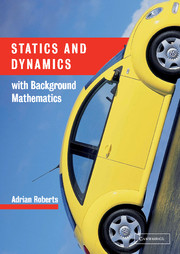
Statics and Dynamics with Background Mathematics
-
- Published online:
- 05 June 2012
- Print publication:
- 22 May 2003
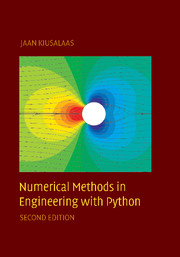
Numerical Methods in Engineering with Python
-
- Published online:
- 05 June 2012
- Print publication:
- 29 January 2010

Student Solution Manual for Foundation Mathematics for the Physical Sciences
-
- Published online:
- 05 June 2012
- Print publication:
- 28 March 2011
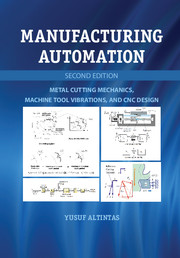
Manufacturing Automation
- Metal Cutting Mechanics, Machine Tool Vibrations, and CNC Design
-
- Published online:
- 05 June 2012
- Print publication:
- 16 January 2012
-
- Textbook
- Export citation
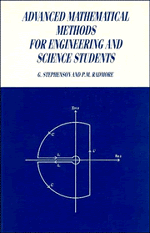
Advanced Mathematical Methods for Engineering and Science Students
-
- Published online:
- 05 June 2012
- Print publication:
- 12 April 1990
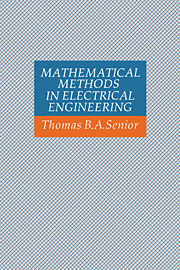
Mathematical Methods in Electrical Engineering
-
- Published online:
- 05 June 2012
- Print publication:
- 31 January 1986

Introduction to Finite Element Vibration Analysis
-
- Published online:
- 05 June 2012
- Print publication:
- 23 August 2010
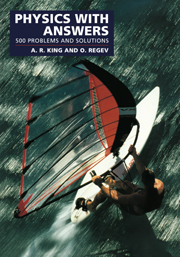
Physics with Answers
- 500 Problems and Solutions
-
- Published online:
- 05 June 2012
- Print publication:
- 28 May 1997

Mathematical Analysis in Engineering
- How to Use the Basic Tools
-
- Published online:
- 05 June 2012
- Print publication:
- 31 March 1995
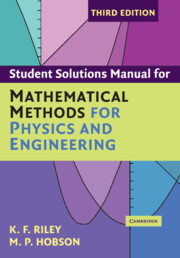
Student Solution Manual for Mathematical Methods for Physics and Engineering Third Edition
-
- Published online:
- 05 June 2012
- Print publication:
- 06 March 2006
-
- Textbook
- Export citation
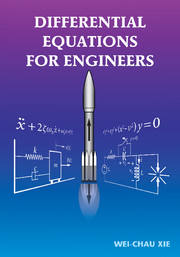
Differential Equations for Engineers
-
- Published online:
- 05 June 2012
- Print publication:
- 26 April 2010
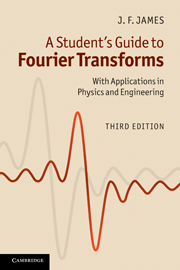
A Student's Guide to Fourier Transforms
- With Applications in Physics and Engineering
-
- Published online:
- 05 June 2012
- Print publication:
- 31 March 2011

Fourier and Laplace Transforms
-
- Published online:
- 05 June 2012
- Print publication:
- 07 August 2003
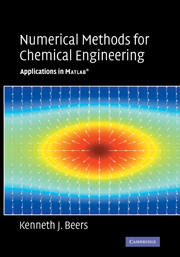
Numerical Methods for Chemical Engineering
- Applications in MATLAB
-
- Published online:
- 05 June 2012
- Print publication:
- 30 October 2006
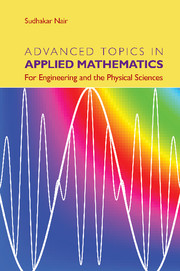
Advanced Topics in Applied Mathematics
- For Engineering and the Physical Sciences
-
- Published online:
- 05 June 2012
- Print publication:
- 07 March 2011
3 - Continuous-time Fourier transform
-
- Book:
- Introduction to Orthogonal Transforms
- Published online:
- 05 October 2012
- Print publication:
- 08 March 2012, pp 105-145
-
- Chapter
- Export citation
1 - Signals and systems
-
- Book:
- Introduction to Orthogonal Transforms
- Published online:
- 05 October 2012
- Print publication:
- 08 March 2012, pp 1-33
-
- Chapter
- Export citation
A - Review of linear algebra
- from Appendices
-
- Book:
- Introduction to Orthogonal Transforms
- Published online:
- 05 October 2012
- Print publication:
- 08 March 2012, pp 546-555
-
- Chapter
- Export citation
Bibliography
-
- Book:
- Introduction to Orthogonal Transforms
- Published online:
- 05 October 2012
- Print publication:
- 08 March 2012, pp 565-565
-
- Chapter
- Export citation
5 - Applications of the Fourier transforms
-
- Book:
- Introduction to Orthogonal Transforms
- Published online:
- 05 October 2012
- Print publication:
- 08 March 2012, pp 220-276
-
- Chapter
- Export citation
